Getting started with a hobby farm may be an exciting endeavor since it allows one to combine the benefits of working the land with the satisfaction of being self-sufficient. However, in order to avoid surprises, it is essential to have a thorough awareness of the financial commitment required. In order to assist you in making realistic plans, the Beginner’s Guide to Hobby Farming Costs provides a breakdown of the most important expenses.
This guide covers everything a novice needs to know in order to efficiently budget their money and grow their agricultural aspirations without going over their budget. From the purchasing of property to continuing upkeep, this guide covers it all.
Kickstarting Your Hobby Farm: Expenses You Need to Know
1. Understanding Initial Setup Costs for Hobby Farms
Calculating the initial costs of starting a hobby farm is the first stage in the process. It is common for land purchase or lease costs to dominate this category, with prices varied greatly from region to region. For example, prices can range from $5,000 per acre in rural areas to $50,000 or more.
The costs of infrastructure, which can range anywhere from $2,000 to $20,000 , include things like fencing, barns, and greenhouses. Preventing unanticipated legal expenditures can be accomplished by conducting early research on local zoning regulations and permissions.
| Item | Cost Range ($) | Notes |
|---|---|---|
| Land Purchase | 5,000-50,000+ per acre | Rural areas are cheaper than urban |
| Infrastructure | 2,000-20,000 | Fencing, barns, greenhouses |
| Legal Fees | 500-3,000 | Zoning permits, legal consultations |
| Soil Testing | 100-300 | Often overlooked but critical |
| Well Drilling | 3,000-15,000 | Essential for water access |
| Buffer Fund | 10-15% of total budget | Covers unexpected initial costs |
2. Hidden Costs of Hobby Farming: What No One Tells You
Hidden expenditures include things like soil testing (which can cost anywhere from $100 to $300 ), pest management (which can cost anywhere from $200 to $500 annually), and transportation for supplies. The cost of drilling a well can range anywhere from $3,000 to $15,000 , which might be a surprise for newcomers.

It is important to ensure that you are prepared for these less-discussed difficulties by including a buffer of 10–15% in your budget for unanticipated expenses.
| Item | Cost Range ($) | Notes |
|---|---|---|
| Pest Control | 200-500/year | Includes traps, sprays, and labor |
| Transportation | 100-400/month | Fuel, vehicle maintenance |
| Equipment Repairs | 300-1,000/year | Fixing tools or machinery |
| Water Testing | 150-400 | Annual safety checks |
| Emergency Vet Visits | 200-800 | Sudden livestock health issues |
| Permit Renewals | 100-500/year | Zoning or operational licenses |
3. How Much Does It Cost to Start a Small Hobby Farm?
A hobby farm that is between one and five acres in size normally requires an initial investment of $10,000 to $50,000 . Land (if it was purchased), fundamental infrastructure, tools, and first animals or seeds are all included in this budget.
On the other hand, the price of a dairy cow can range anywhere from $1,500 to $3,000 , while chickens cost between $20 and $30 each. It is possible to cut early expenditures by giving priority to critical purchases and by purchasing old equipment.
| Item | Cost Range ($) | Notes |
|---|---|---|
| Land (1–5 acres) | 10,000-50,000 | Varies by location and acreage |
| Basic Tools | 500-2,000 | Shovels, hoes, rakes |
| Dairy Cow | 1,500-3,000 | Includes initial vaccinations |
| Chickens (per bird) | 20-30 | Heritage breeds may cost more |
| Used Tractor | 3,000-15,000 | Inspect for engine and tire condition |
| Seed Packets | 50-200 | Heirloom vs. hybrid varieties |
4. Land Acquisition: Renting vs. Buying Hobby Farm Property
For novices, renting land (at a cost of 100-500 per month) gives flexibility, but purchasing land (at a cost of 10,000-500,000 or more) offers long-term stability. Consider the annual property taxes, which range from 1 to 2% of the land’s worth on average.
It is important to negotiate the terms of leased land carefully so that they correspond with your farming goals. Leased land may limit investments in infrastructure.
| Item | Cost Range ($) | Notes |
|---|---|---|
| Land Rental | 100-500/month | Short-term agreements common |
| Land Purchase | 10,000-500,000+ | Rural vs. suburban pricing differences |
| Property Taxes | 1-2% of land value/year | Varies by state and county |
| Lease Negotiation Fees | 200-1,000 | Legal review of contracts |
| Survey Costs | 400-1,200 | Required for boundary clarity |
| Infrastructure Limits | 0-5,000 | Upgrades may be restricted on leased land |
5. Livestock Expenses: Budgeting for Animals on a Hobby Farm
There are recurrent costs associated with animals, including feed (ranging from $20 to $100 per species), veterinary treatment (ranging from $500 to $2,000 per year), and the maintenance of the shelter.

When compared to goats or pigs, chickens are not just inexpensive but also require more resources to raise. To ensure the health of the herd, it is important to take into account the expenditures associated with breeding or replacement. For example, the cost of a goat kid could range anywhere from $150 to $300 .
| Item | Cost Range ($) | Notes |
|---|---|---|
| Chicken Feed | 20-50/month | Depends on flock size |
| Goat Feed | 30-80/month | Hay, grains, and supplements |
| Veterinary Care | 500-2,000/year | Routine checkups and emergencies |
| Shelter Maintenance | 200-1,000/year | Roof repairs, bedding replacement |
| Goat Kid Replacement | 150-300 | Breeding or purchasing new stock |
| Fencing Upgrades | 1,000-3,000 | Predator-proofing for livestock |
6. Essential Tools and Equipment: Hobby Farm Machinery Costs
These essential tools include shovels, wheelbarrows (ranging from $100 to $500 ), and tillers (ranging from $300 to $2,000 ). New tractors can cost anywhere from $10,000 to $50,000 , but secondhand versions come in at between $3,000 and $15,000 .
The adaptability of an all-terrain vehicle (ATV) (2,000–8,000 ) should be prioritized because it can perform numerous tasks, hence eliminating the requirement for specialist machinery.
| Item | Cost Range ($) | Notes |
|---|---|---|
| Wheelbarrow | 100-500 | Heavy-duty models last longer |
| Tiller | 300-2,000 | Electric vs. gas-powered |
| Used Tractor | 3,000-15,000 | Check for engine hours and attachments |
| ATV | 2,000-8,000 | Useful for transport and light tasks |
| Chainsaw | 150-600 | For clearing land or firewood |
| Irrigation System | 500-3,000 | Drip or sprinkler setups |
7. Feed and Supplies: Monthly Costs for Hobby Farmers
Hay ($5 to $15 per bale), grain ($10 to $30 per bag), and seasonal supplements are the principal components of livestock feed. Expect between $20 and $50 each month for a small flock of chickens.
Growing your own fodder or purchasing it in bulk can save expenses by 20–30% , but it needs an initial investment in storage space.
| Item | Cost Range ($) | Notes |
|---|---|---|
| Hay (per bale) | 5-15 | Alfalfa vs. grass hay |
| Chicken Feed (50 lbs) | 10-30 | Organic feed costs more |
| Seasonal Supplements | 20-100/month | Minerals, probiotics |
| Grain (per bag) | 10-30 | Wheat, corn, or barley |
| Fodder System | 500-2,000 | Hydroponic or sprouting setups |
| Storage Shed | 800-3,000 | Protects feed from pests and weather |
8. Utility Bills: Water, Electricity, and Hobby Farm Expenses
Utilities differ depending on the size of the farm and its location. Even though well water has lower long-term expenditures, the initial setup can be somewhat expensive. Electric fence (at a rate of $1 to $3 per foot) and irrigation systems (at a rate of $500 to $3,000 ) both add to the expenditures.
Solar panels, which cost between $10,000 and $30,000 , can cut costs over time but need a significant initial investment.
| Item | Cost Range ($) | Notes |
|---|---|---|
| Well Installation | 3,000-15,000 | Depth and water quality affect cost |
| Electric Fencing | 1-3 per foot | Solar-powered options available |
| Irrigation System | 500-3,000 | Drip systems save water |
| Solar Panels | 10,000-30,000 | Reduces long-term electricity bills |
| Monthly Electricity | 100-300 | Lighting, heating, and cooling |
| Septic System | 5,000-15,000 | Required for sanitation |
9. Maintenance and Repairs: Keeping Your Hobby Farm Running
Your initial investment is typically between 5–10% of the annual maintenance costs. Typical costs include repairing fences (100–500 per year), servicing equipment (200–1,000 per year), and maintaining buildings (500–2,000 per year).
Through routine inspections, minor problems are prevented from developing into costly emergencies.
| Item | Cost Range ($) | Notes |
|---|---|---|
| Fence Repairs | 100-500/year | Replace posts, wires, or mesh |
| Equipment Servicing | 200-1,000/year | Oil changes, blade sharpening |
| Building Maintenance | 500-2,000/year | Roof leaks, paint, or structural fixes |
| Drainage Systems | 300-1,500 | Prevents waterlogging and erosion |
| Tool Replacement | 100-500/year | Worn-out shovels, hoes, or hoses |
| Tree Removal | 200-1,000 | Dead or hazardous trees |
10. Insurance Costs: Protecting Your Hobby Farm Investment
Liability, structures, and livestock are all covered by farm insurance, which costs between $500 and $2,000 each year. There are a variety of policies, some of which do not allow unusual breeds or equipment that was custom-built.
In order to ensure proper coverage without overpaying, it is important to shop around for suppliers who have expertise working with small-scale farms.
| Item | Cost Range ($) | Notes |
|---|---|---|
| Liability Insurance | 300-1,000/year | Covers injuries or property damage |
| Livestock Insurance | 200-800/year | Reimbursement for lost animals |
| Structure Insurance | 500-1,500/year | Barns, greenhouses, and sheds |
| Equipment Insurance | 100-400/year | Theft or damage coverage |
| Custom Policy Riders | 150-600/year | For rare breeds or specialty crops |
| Annual Policy Review | 50-200 | Adjust coverage as farm grows |
11. Hiring Help: Labor Costs for Hobby Farmers
Many hobby farmers work alone, however seasonal labor (such as harvesting) might cost anywhere from $15 to $30 per hour. Plan on spending between $50 and $200 for each service, such as shearing or trips to the veterinarian.

It is possible to reduce labor costs by training family members or volunteers.
| Item | Cost Range ($) | Notes |
|---|---|---|
| Seasonal Labor | 15-30/hour | Planting, weeding, or harvesting |
| Animal Shearing | 50-200/service | Sheep, goats, or alpacas |
| Veterinary Visits | 100-300/trip | Travel fees often apply |
| Equipment Operator | 25-50/hour | Tractor or tiller use |
| Volunteer Stipends | 0-15/hour | Meals or small tokens of appreciation |
| Family Training | 0-100 | Books or online courses |
12. Seasonal Expenses: Planning for Hobby Farm Peaks and Valleys
Planting in the spring and harvesting in the fall typically require additional expenses, which might be spent on seeds (100–500 ), mulch (50–200 ), and seasonal labor.
The costs of heating or cooling a building can skyrocket during the winter or summer months; passive solar architecture or insulation of buildings can assist manage these expenditures.
| Item | Cost Range ($) | Notes |
|---|---|---|
| Spring Seeds | 100-500 | Cover crops, vegetables, or flowers |
| Mulch (per yard) | 50-200 | Retains soil moisture |
| Winter Heating | 200-800/month | Propane, wood, or electric heaters |
| Summer Cooling | 150-500/month | Fans or misting systems |
| Harvest Labor | 300-1,000 | Picking and packing crops |
| Seasonal Storage | 100-500 | Coolers or root cellars |
13. Unexpected Costs: Preparing for Emergencies on a Hobby Farm
Emergencies, such as equipment breakdowns or damage caused by extreme weather, are covered by emergency funds, which range from $1,000 to $5,000 . For instance, the cost of rebuilding a barn roof that has fallen could range anywhere from $3,000 to $10,000 .
A strong financial foundation can be established by diversifying one’s sources of income, for as by selling eggs or crafts.
| Item | Cost Range ($) | Notes |
|---|---|---|
| Equipment Repair | 500-3,000 | Tractor engine or tiller blades |
| Storm Damage | 1,000-10,000 | Roof, fence, or crop losses |
| Livestock Injury | 200-1,500 | Emergency vet bills or euthanasia |
| Disease Outbreak | 500-5,000 | Quarantine or culling costs |
| Backup Generator | 500-2,000 | For power outages |
| Income Diversification | 200-1,000 | Crafting supplies or market fees |
14. Budgeting Tips: Managing Hobby Farm Finances Like a Pro
Apps such as QuickBooks and FarmOS can be used to keep track of every spending. You should set aside 60% of your budget for necessities (such as feed and utilities), 20% for savings, and 20% for expansion (such as additional crops and animals).
Participating in local farming networks provides options for bulk purchasing as well as advise on how to save money.
| Item | Cost Range ($) | Notes |
|---|---|---|
| Accounting Software | 10-50/month | QuickBooks, FarmOS, or Excel |
| Bulk Feed Purchase | Save 10-20% | Buy in 1-ton increments |
| Seed Swaps | 0-50 | Exchange with local farmers |
| Equipment Sharing | 0-100/year | Co-op memberships for tractor use |
| Workshop Fees | 20-200 | Learn cost-saving techniques |
| Emergency Fund | 1,000-5,000 | 3-6 months of operating expenses |
15. ROI of Hobby Farming: Can You Break Even?
For the majority of hobby farms, it takes between 3–5 years to reach profitability. Costs can be mitigated by revenue streams such as CSA shares, farmers’ markets (which bring in between $500 and $2,000 each month), and agritourism.

If you want to maximize your earnings, you should concentrate on high-value products such as organic herbs, heritage breeds, or specialized crops.
| Item | Cost Range ($) | Notes |
|---|---|---|
| Farmers’ Market Stall | 500-2,000/month | Fees, transportation, and labor |
| CSA Memberships | 300-1,500/year | 20-50 members typical |
| Agritourism Setup | 1,000-5,000 | Tours, workshops, or petting zoos |
| Specialty Herbs | 10-50/plant | Lavender, chamomile, or basil |
| Heritage Breed Sales | 200-800/animal | Rare chickens or goats |
| Value-Added Products | 500-3,000 | Jams, soaps, or wool crafts |
Conclusion
When it comes to the expenses associated with hobby farming, having foresight, flexibility, and a good financial strategy are all necessary. You will be equipped with the knowledge from The Beginner’s Guide to Hobby Farming Costs to strike a balance between your passion and your practicality.
You will be able to construct a flourishing hobby farm that is in accordance with your financial plan and objectives if you plan ahead for expenses, give investments the highest priority, and welcome cooperation from the community. We wish you farming success to you!



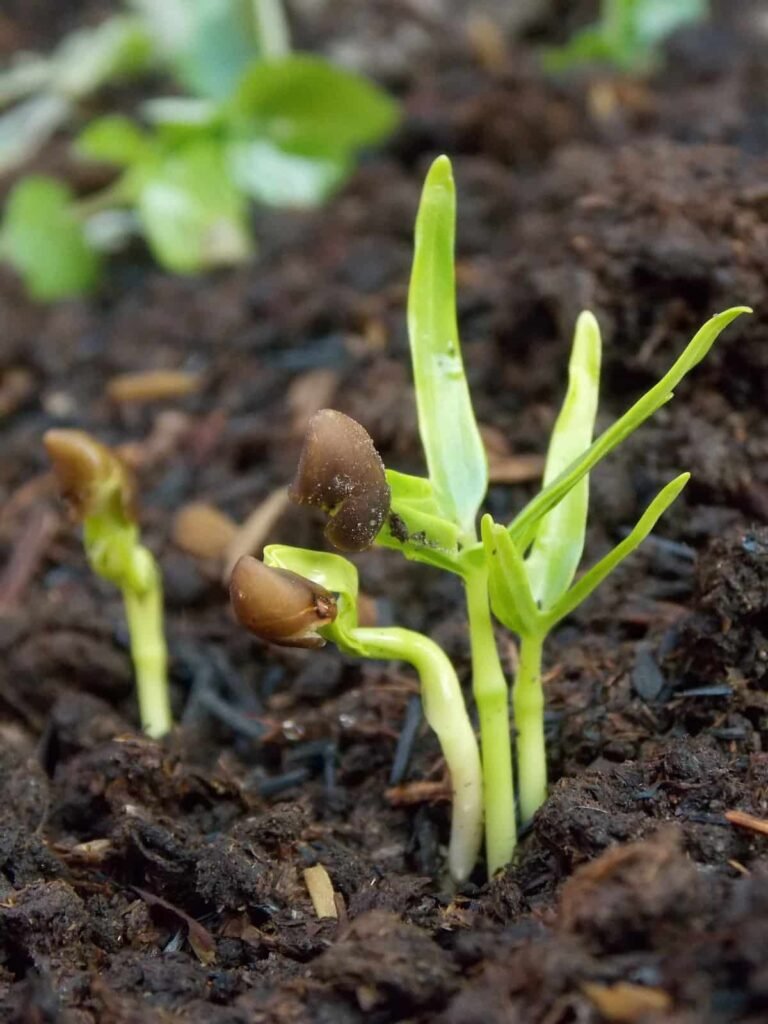

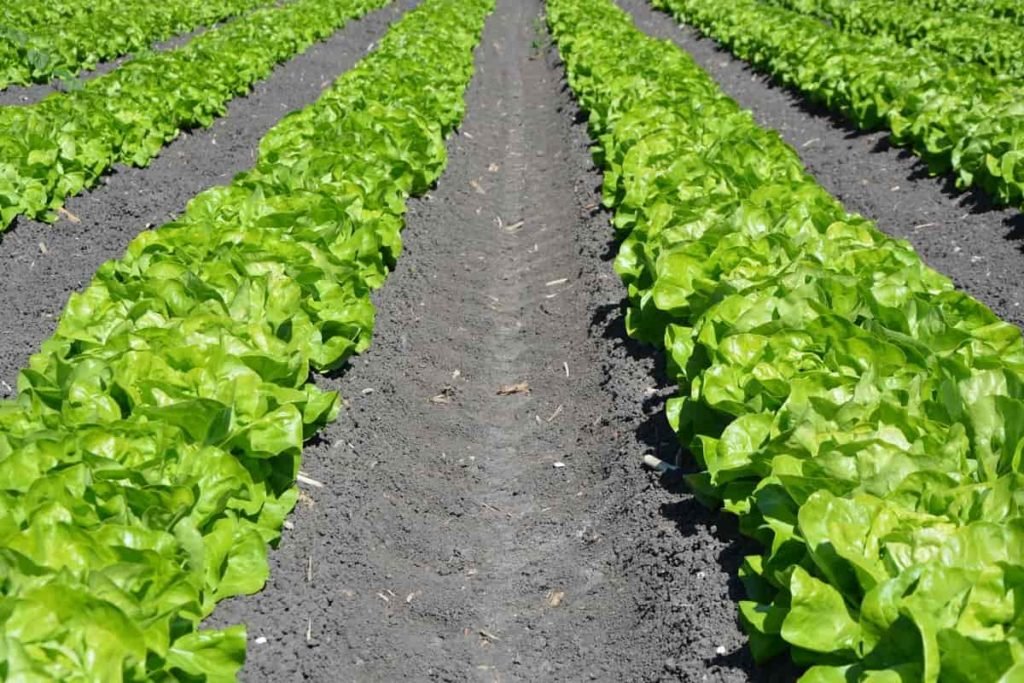
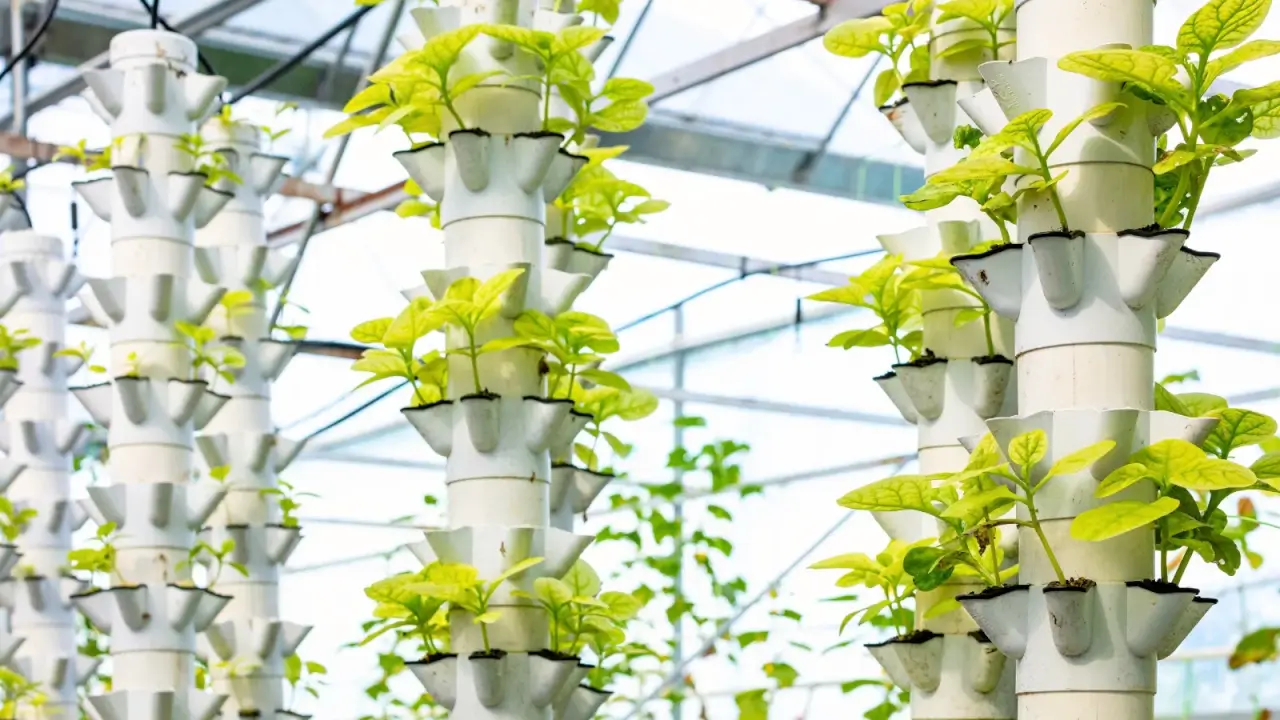
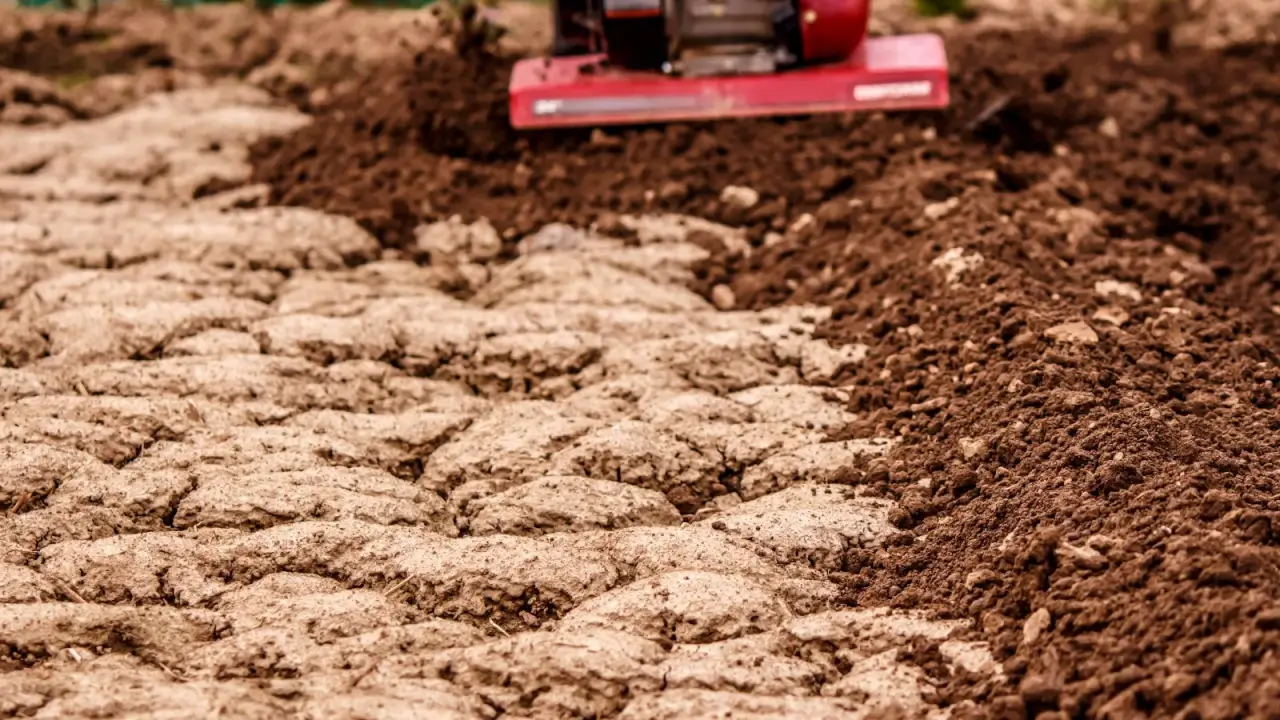



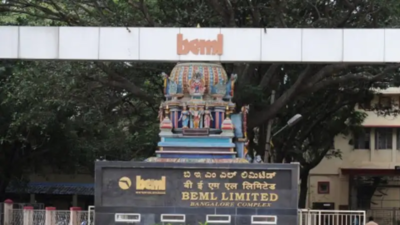



Leave a Reply